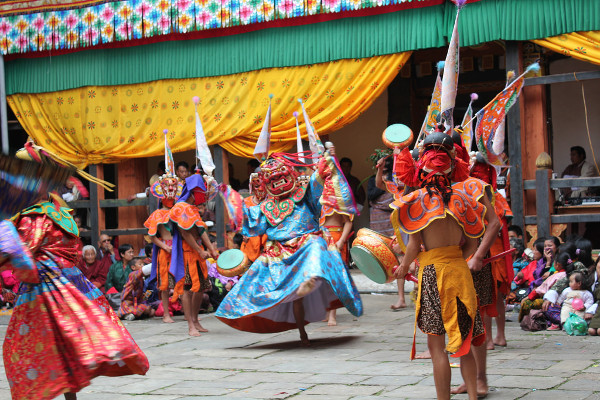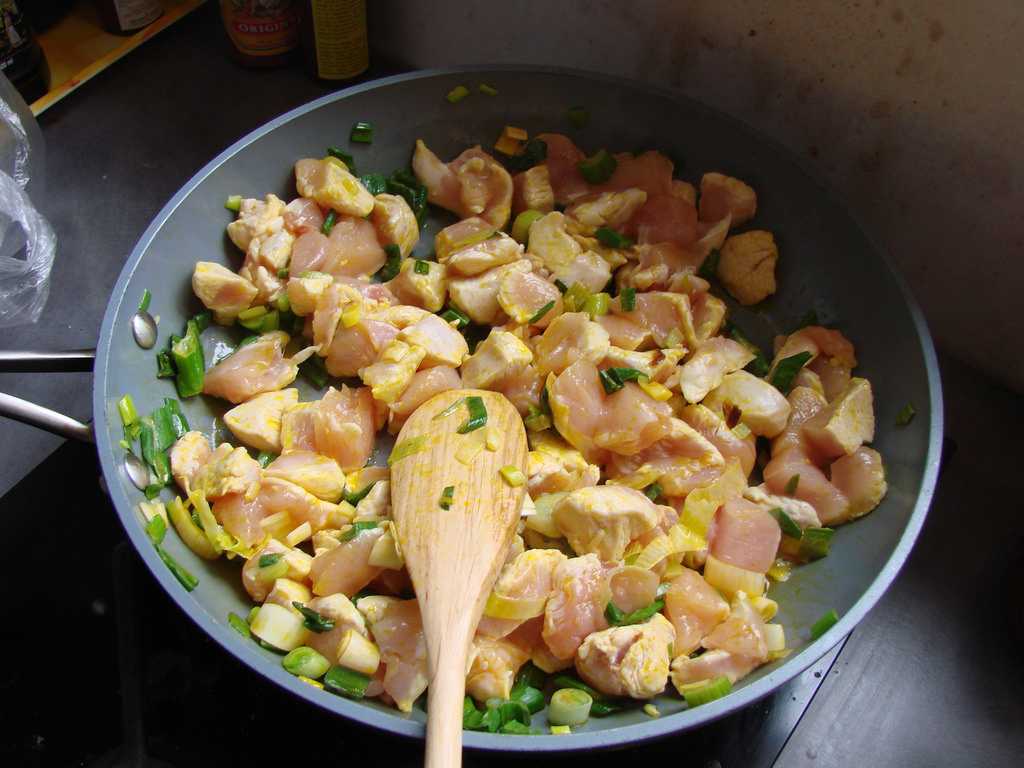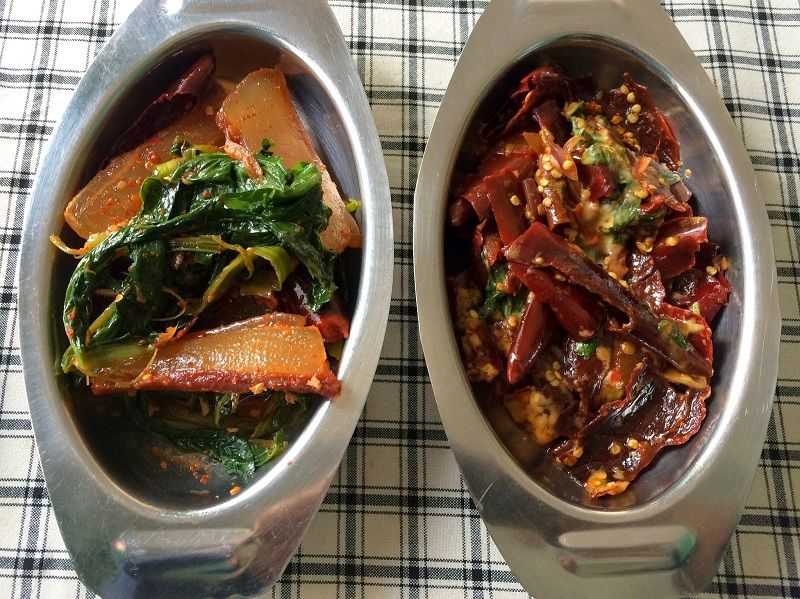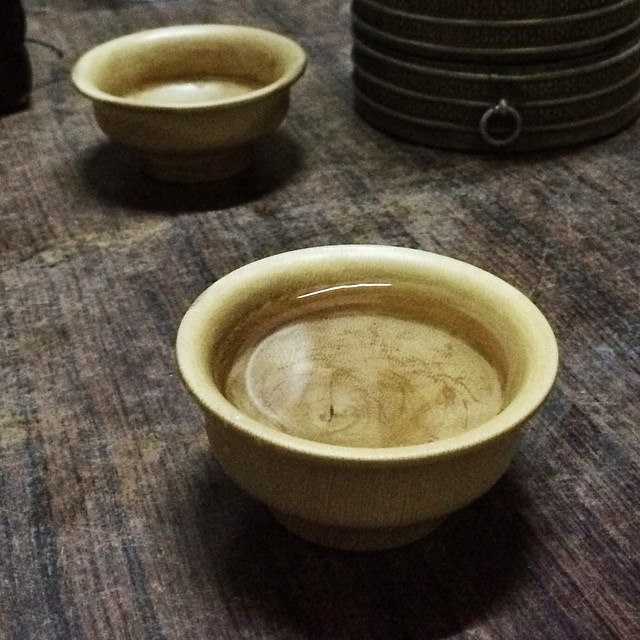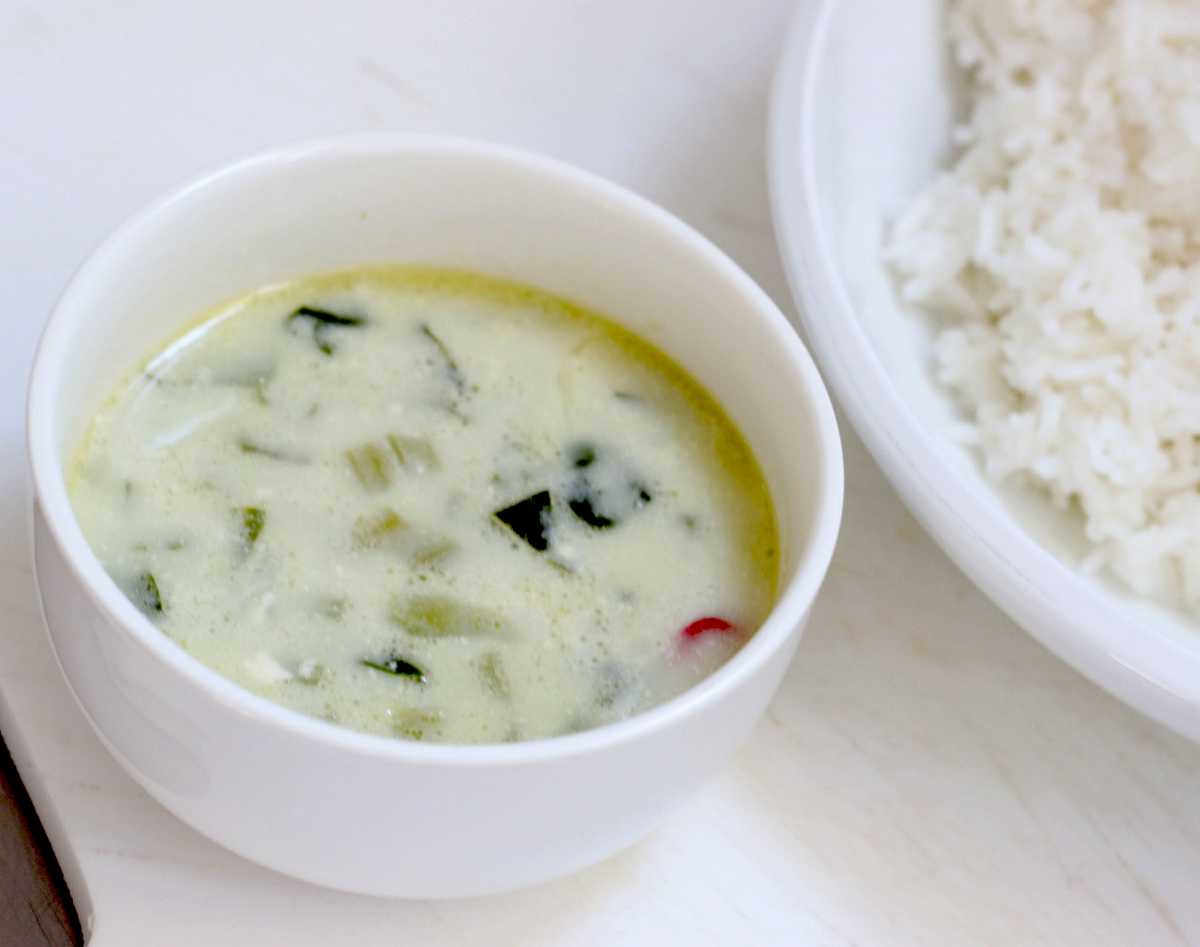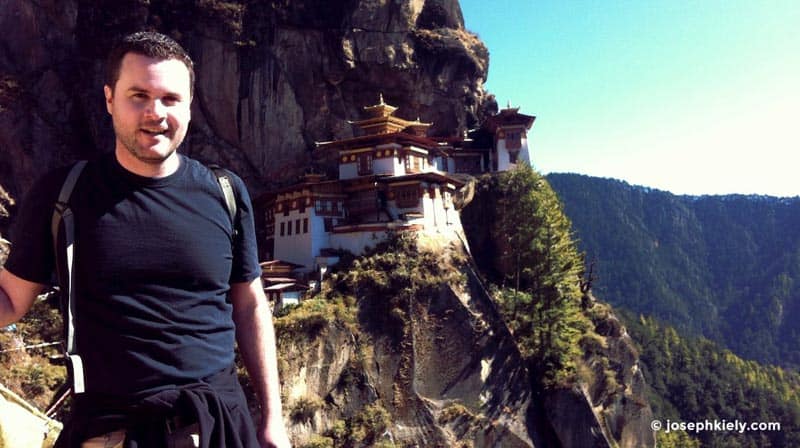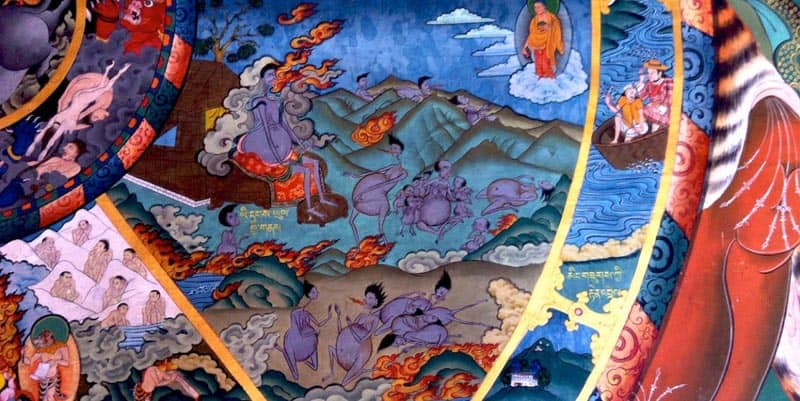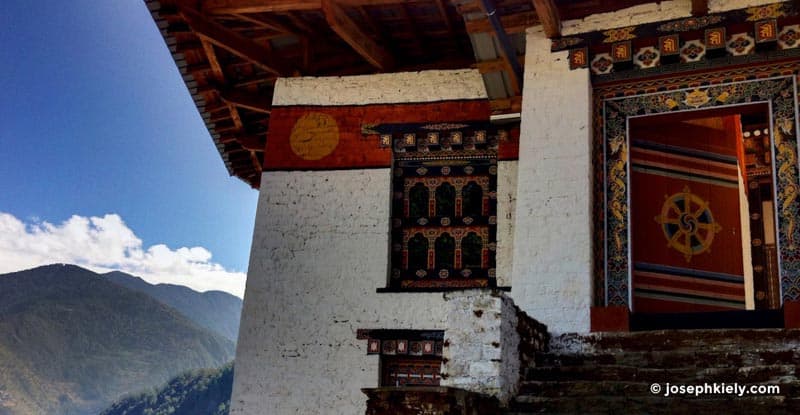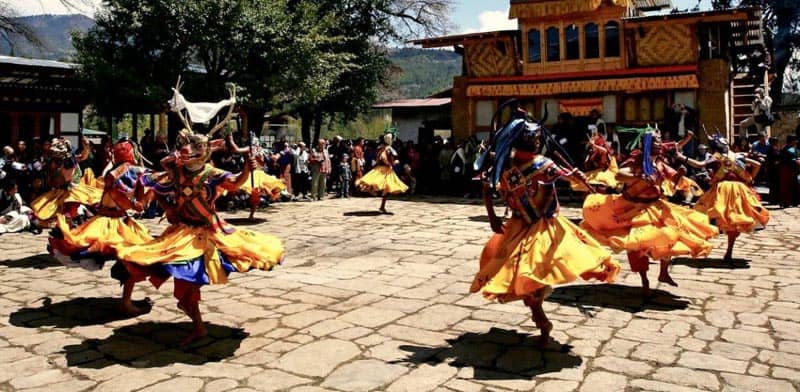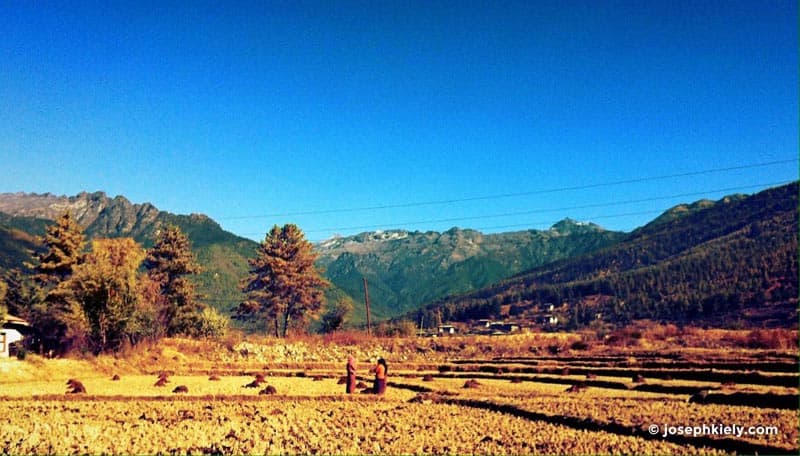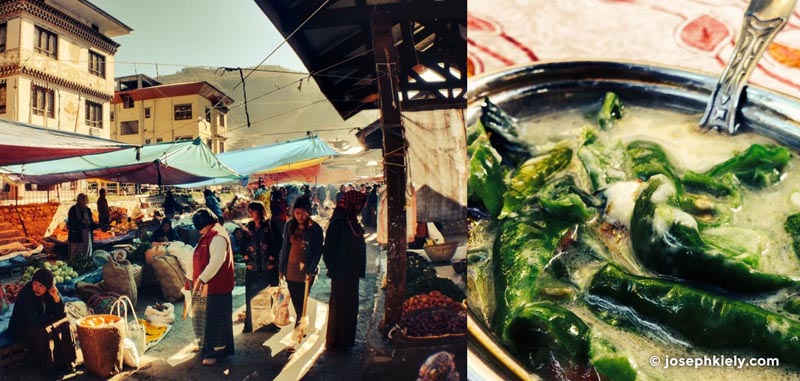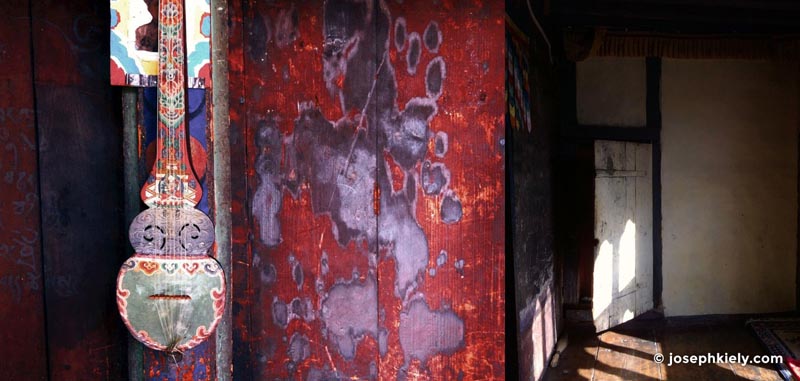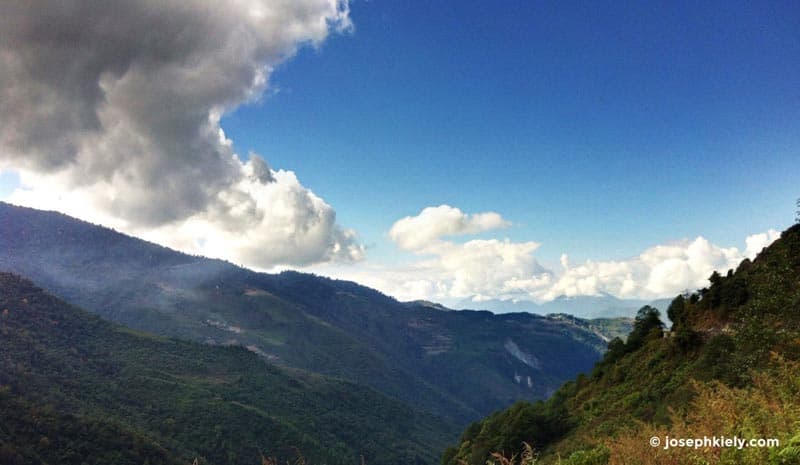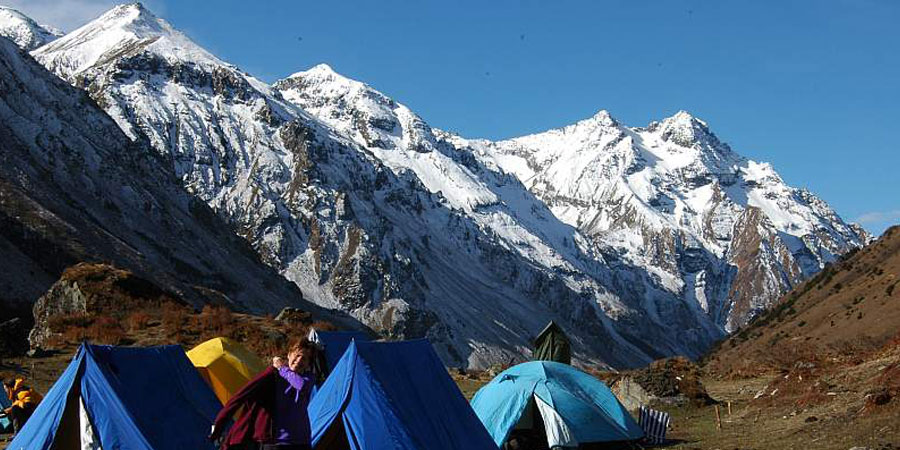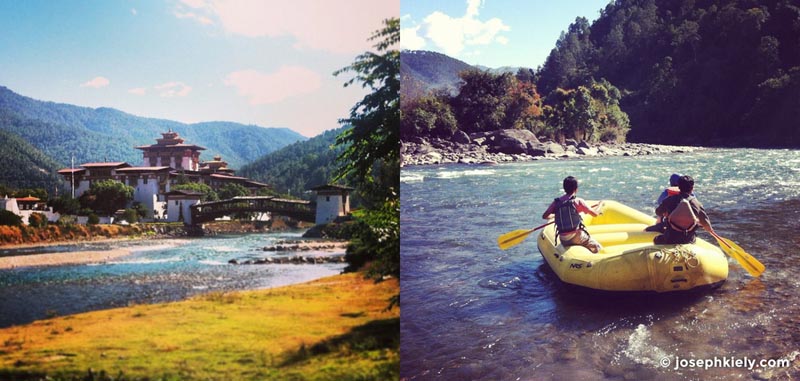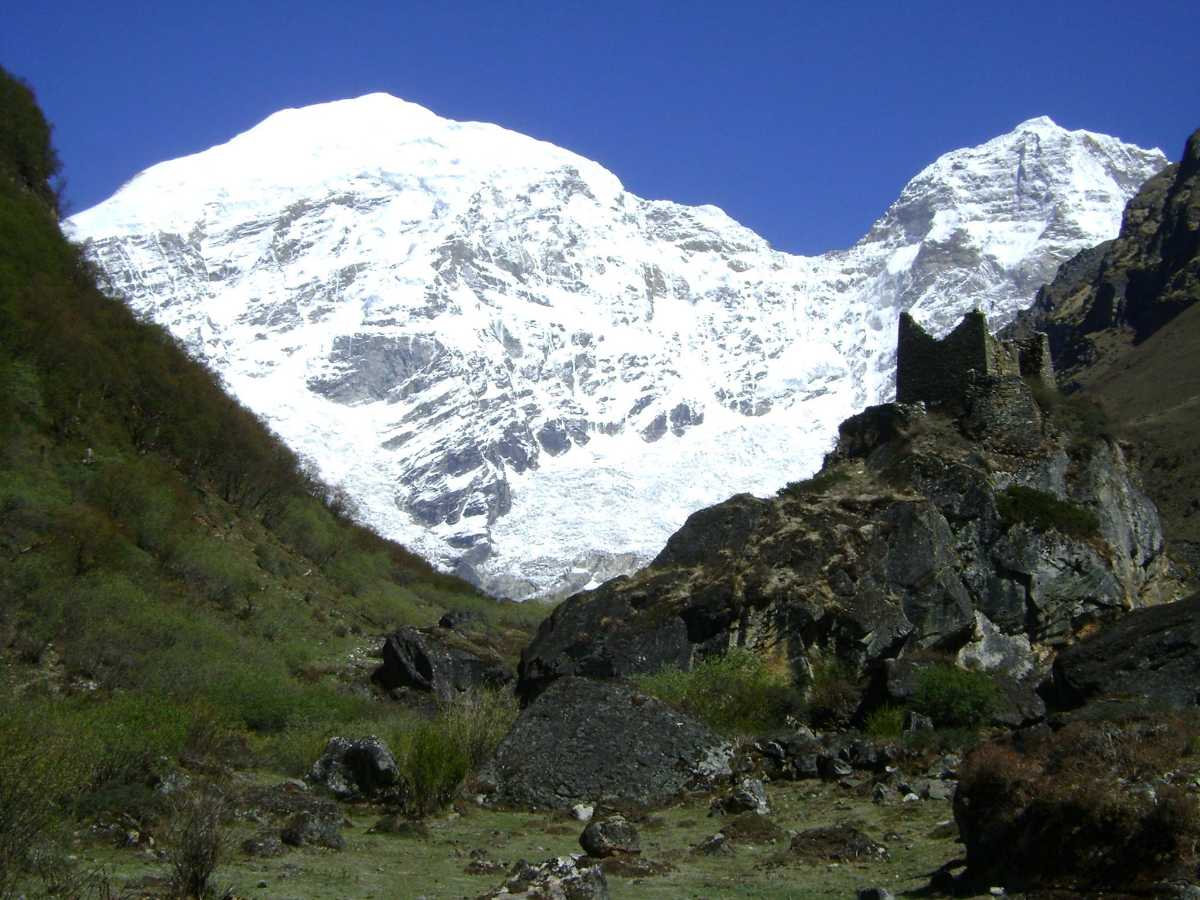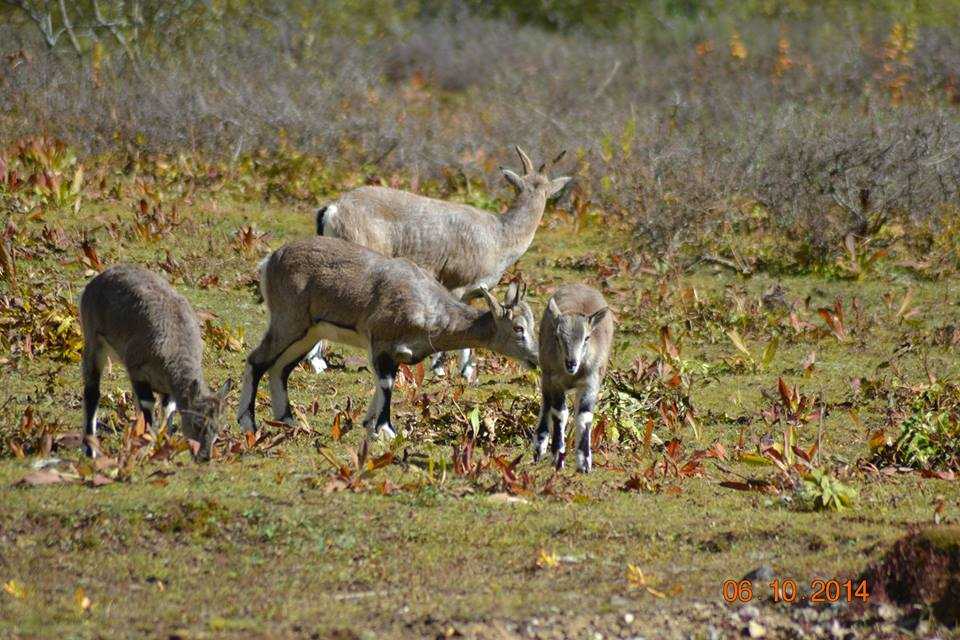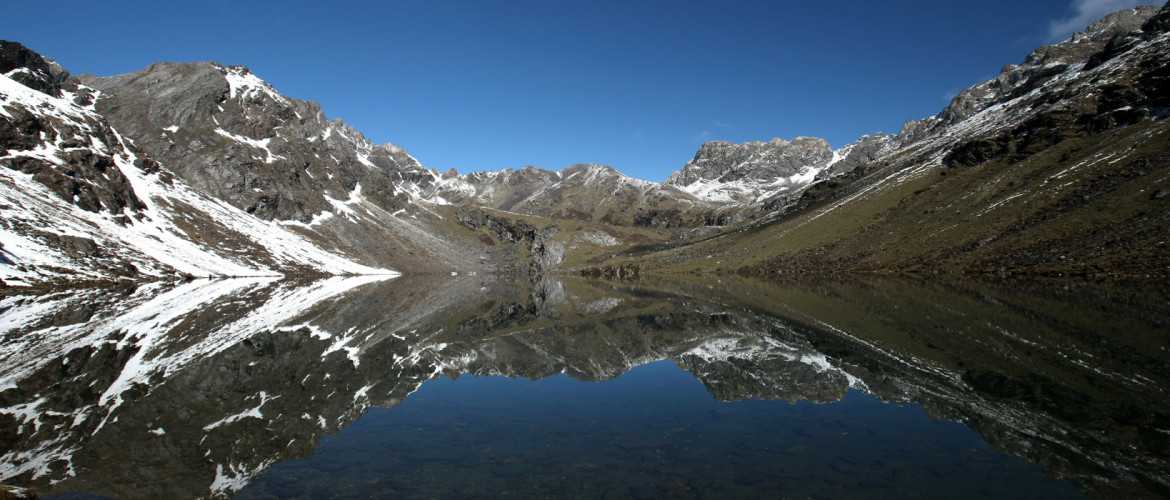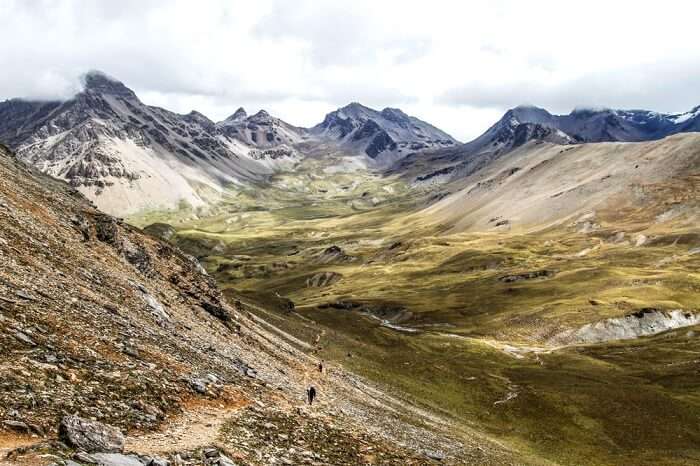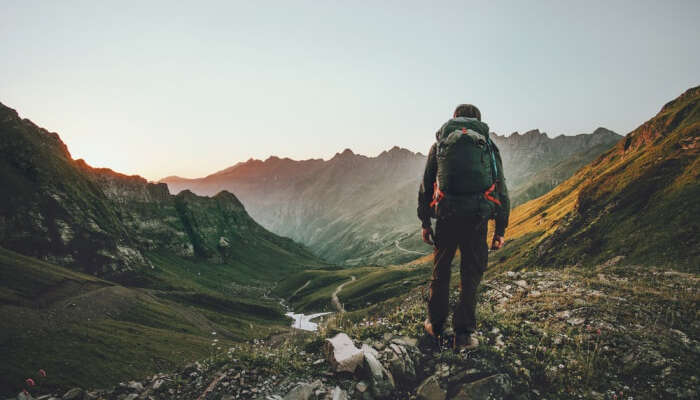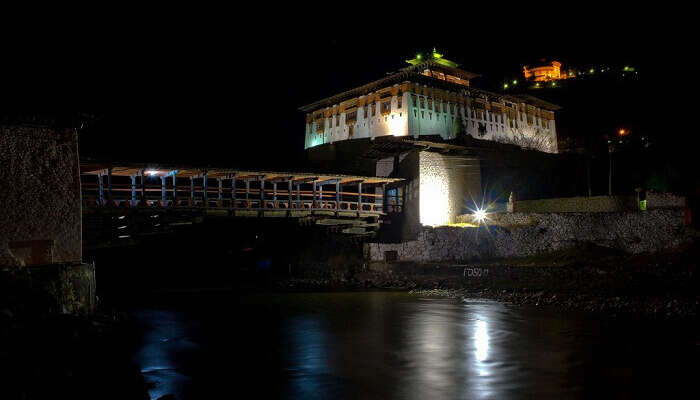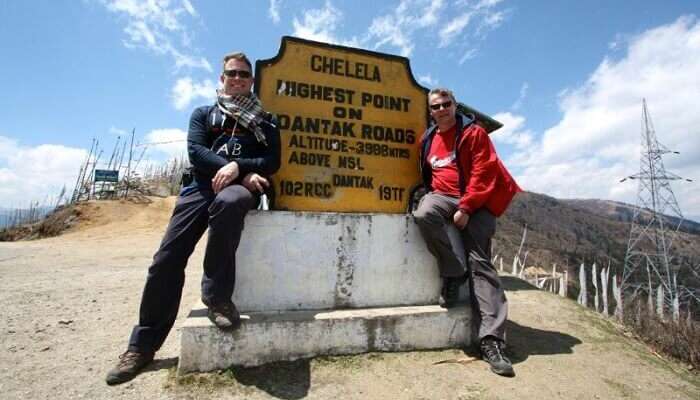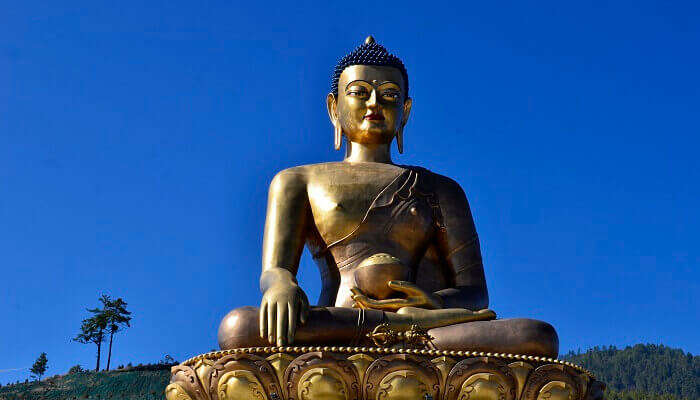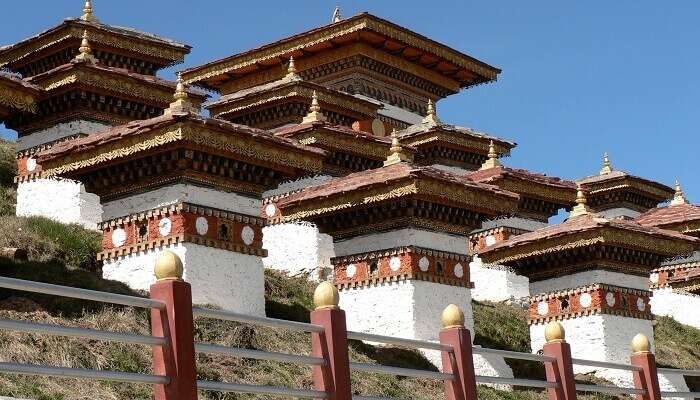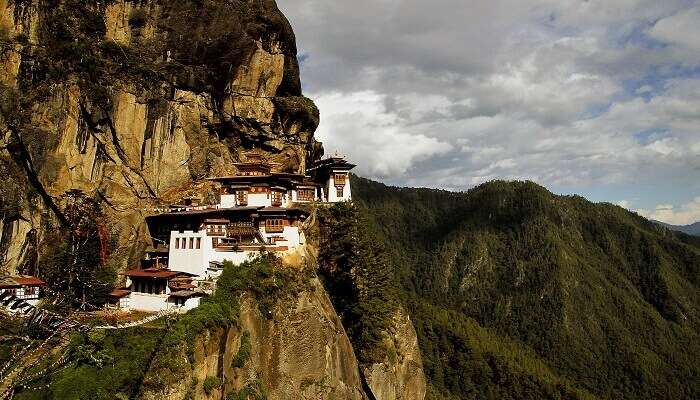NATIONAL PARKS TO VISIT IN BHUTAN:
1.Jigme Dorji National Park, Punakha
Bhutan is a country which always believes in preserving the traditional valuables and respects its natural resources. And following its footsteps, Jigme Dorji National Park not only houses the distinct flora and fauna but also provides them with all the essential resources, facilities and care.
Stretching over an area of 4316 square kilometres, Jigme Dorji National Park is the second largest national park of Bhutan. Named after Jigme Dorji Wangchuck, the third king of Bhutan, it is the crown jewel of the country due to the treasures that it holds within its boundaries.
Established in 1974, the pristine environment, variety of animals and beautiful birds attract thousands of tourists from all across the globe every year. Spanning more than five districts, it has a population of about 6500 people, whose primary source of livelihood are agriculture and animal husbandry.
Included in Bhutan's Tentative List for UNESCO, the presence of animals, including the endemic Himalayan Wildlife, explains its global significance. In fact, here the national flower (blue poppy), national animal (Takin), national tree (Cypress) and national bird (Raven) come togeThe peaks of some of the tallest Himalayan mountains, such as Mount Jomolhari and Mount Jitchu Drake, are visible from here and provide a scenic view. In fact, apart from being naturally rich, its cultural value is also appreciable. Gasa Dzong and Lingshi Dzong are a part of this national park, both being historically and religiously prominent monasteries.
ther to form an iconic destination. It is an important attraction in the country since the significant tourism in Bhutan was paved from Jigme Dorji National Park only.
The different species of animals, reptiles, birds and butterflies shows how diverse and vivid nature is. The flowers which blossom here are colourful and vibrant. They make the atmosphere picturesque and fragrant. The overall environment of the Jigme Dorji National Park is tranquilising and captivating, tempting people to visit here over and over again.
Best time to visit: February to May, August to November
Nearest Airport: Paro Airport
By road: Cab or self-drive
2.Jigme Singye Wangchuk National Park
A perfect example of serenity in nature, Jigme Singye Wangchuck National Park is one of the country's largest national park areawise. Located in
Trongsa and occupying parts of other districts such as Wangdue Phodrang also, it is a popular birdwatching spot in Bhutan.
The Jigme Singye Wangchuk National Park is the largest protected area in Bhutan. It is a haven for those birds who migrate here every year from different parts of the world. Not just birds, it is a treasure trove of animals and plants as well.
It is home to exquisite Himalayan animals like the Red Panda, Snow Leopard, Black Bear, Blue Sheep, and Takin. The biodiversity found here is almost overwhelming and attract hundreds of eyeballs every year.
The rich biodiversity is reflected not just in its wildlife, but its geography too, consisting of both warm forests as well as permanent glaciers. It also has the plant species of blue poppy, edelweiss, rhododendrons and orchids.
Formerly known as Black Mountain National Park, it is majorly known for its birds' population. There are at least eight globally threatened bird species, including White-Bellied Heron and Rufous-necked hornbill.
The pristine environment of the national park helps the animals and plants to thrive in their natural surroundings. Hara-Chhu River, which passes through the national park, gives it a dreamy look and fishing along the lake is the best way to bond with nature.
Best time to visit: March to August
Nearest Airport: Paro Airport (59 km)
By road: Cab or self-drive

3. Sakteng Wildlife Sanctuary
It is located in the Trashigang District, and hence, is known for housing the easternmost ecosystems and landscapes of Bhutan. It is one of the most popular options for both tourists and locals for many reasons! One of these is the eastern blue pine, a typical coniferous evergreen which is a rare find and grows only in mountain valleys such as the Himalayas. Blue poppy is the national flower of Bhutan and it looks stunning during the spring season. Talking about the fauna, the Black-rumped magpie, known as one of the smartest birds also thrives in this ecosystem! According to rumors, there are many unique creatures such as yeti, the abominable snowman.
Best time to visit: March to August
Distance from Thimphu: 340 km
How to reach: It can be easily reached from Sakteng village in eastern Bhutan

4. Phibsoo Wildlife Sanctuary
What was originally established to preserve the natural sal forests of the country has now become one of the most popular tourist attractions here. Located in the southern part of Bhutan with a shared border with Assam in India, Phibsoo Wildlife Sanctuary in Bhutan is home to numerous animals such as Golden Langurs, Gaur, Asian Elephants etc. The most special aspect about this park is spotting the Chital Deer (Spotted Deers). Apart from animals, one will also come across many birds such as the hornbill.
Best time to visit: March to June and September to November
Distance from Sarpang: 150 km
Nearest Airport: Paro Airport (54 km away)
By road: Cab or self-drive


5. Phrumsengla National Park
Phrumsengla National Park in Bhutan established in 1998, is one of the beautiful Bhutan wildlife sanctuaries. Open all year round, the park attracts visitors throughout the year. It is a great sanctuary to spot wildlife and indulge in adventure activities. The park offers great routes for trekking during the months of October and November when the weather is pleasant and dry. The pretty rhododendron can be enjoyed during the months of April to June. Due to the rugged landscape and fauna and flora, the park is a great place for nature excursions, wildlife spotting, trekking, and hiking. Add it to your list of places to visit in the country, as it is one of the best wildlife sanctuaries in Bhutan.
Best time to visit: April to June
Nearest Airport: Bathpalathang Airport (63 km)
By road: Cab or self-drive
